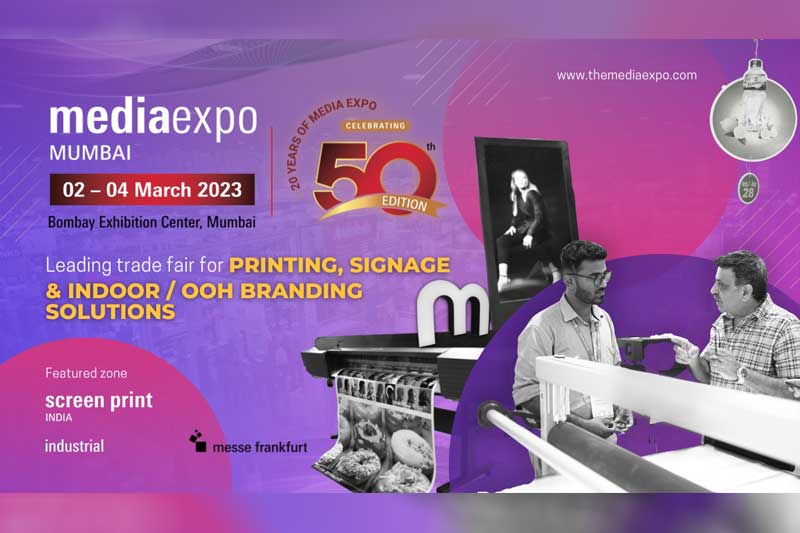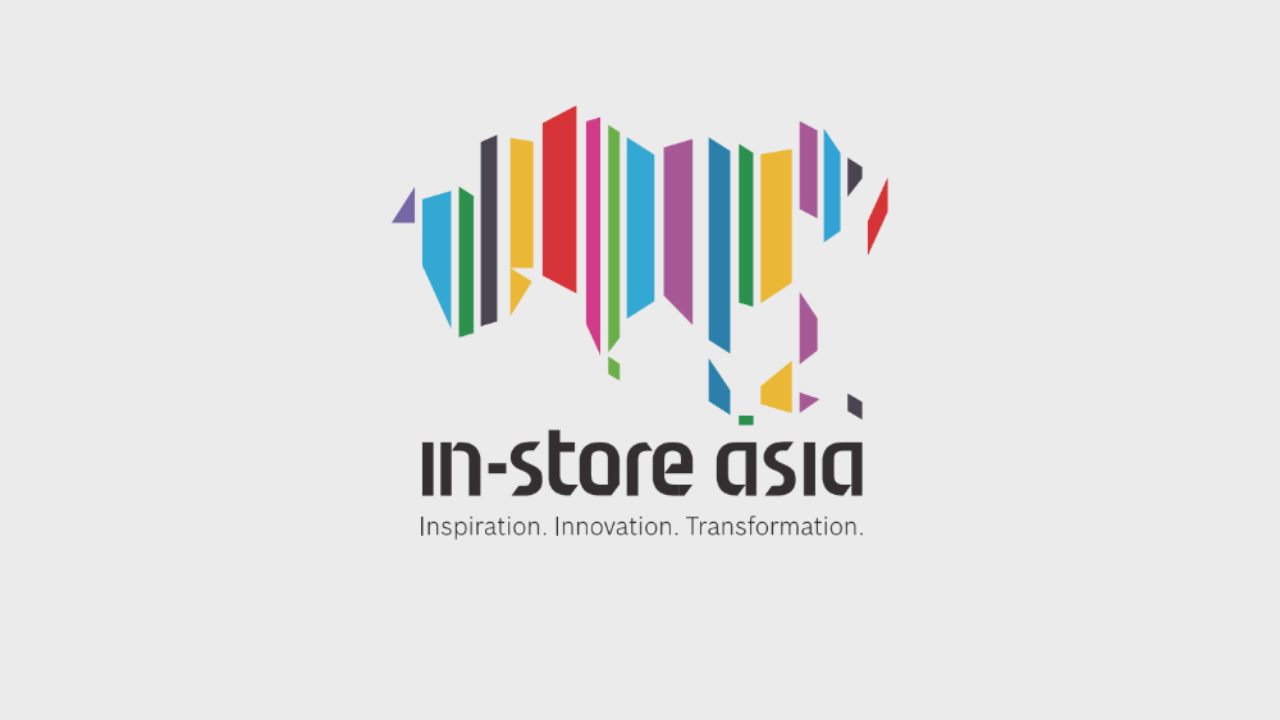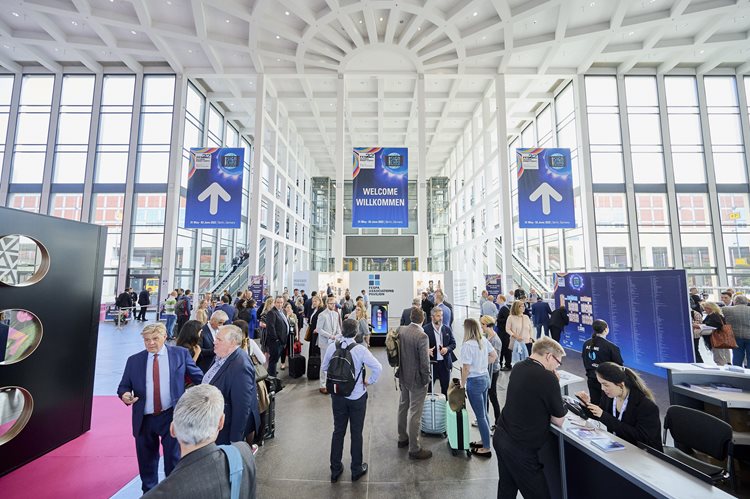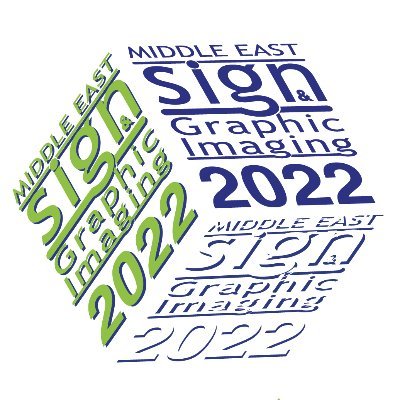Recreating the magic of soft signage, with special reference to retail industry
There is no denial about the fact that the printing industry across the globe has been on a changing spree. It has been observed that the world of signage is passing through a dramatic face-over in the last few years where substrates like vinyl, plastic and paper are being slowly but steadily taken over by the fabric/textile. Taking forward the transition, the event titled ‘Soft Signage – The Big Picture’ was organised recently in Mumbai. It was aimed at highlighting the effectiveness and relevance of soft signage, which in the last few years has created an immense significance in the retail business.
Powered by CoSign Modular Sign System in association with Berger Textiles, the event, held this June, attracted the entire gamut of stakeholders, right from material providers to the end-users. The topics of discussion were chosen in such a way to highlight the rather modern phase of the soft signage industry. The event witnessed overwhelming participation from the industry associates that include digital printers, raw material providers, brand marketers, fabricators, vendors, and many others.
The event, divided in five different sessions of 20 minutes each, had everything to solidify the future of soft signage. Accordingly, it was flagged off with ‘Simplifying Soft Signage’ session, presented by Tejasa Purandare, Director, CoSign Modular Sign System. Offering a rather strong base to the event, Purandare presented the actual big picture by highlighting the future of the Indian Retail sector and how soft signage can make the best of the opportunities available with this industry.
She pointed out that the industry is expected to clock $1.1 trillion by 2020, out of which $120 billion will be the share of e-commerce, which is merely 10%. In view of this projection, she strongly insisted that soft signage industry has a marvellous growth trajectory beginning with fabric display systems. She emphasised that the need is to identify these opportunities emerging out of this ever growing retail sector right in time to print a green future for the signage industry. She then explained different components of light box/lit fabric display such as profiles/frame, LEDs and fabric that together compile a signage.
Other than retail industry, it’s important to note that soft signage is also finding its way into other short-term events, including festivals and retail promotions. Fabric LED backlit displays are getting in to the trend wherein the near translucent fabrics facilitate with eye-catching advertisements and brand signs designed to generate awareness. Nonetheless, the backlit soft signage can also be used to disburse the illumination so as to create a soft lighting effect. Further, soft signage has offers the potential for attractive staging of trade show booths along with many other such environments.
Going forward, the next session had more on in-store branding and how the transformation is regarded in the era of organised and smart retailing. Surender Gnanaolivu, Retail Consultant, elaborated on the ‘Role of In-store Graphics in Retail Environment and Why Soft Signage’. Gnanaolivu explained the science of signage in a Smart Store, and went on to touching upon the way soft signage has started influencing the consumers’ psyche in making shopping decisions. He delved deep on the how the role of soft signage has been on the surge these days when it comes to attracting customers into the store, to navigating them to desired products/shelves, and then to finally converting those navigations into sales.
When it comes to creating graphics on fabric, the technology has moved miles ahead. Owing to the continuous research & development, today’s aqueous-based digital printers turn modern polyester-based fabrics into bold graphics. This transformation happens when microscopic particles of solid ink dyes are heated to the right temperature, changing them into gas. When applied to the polyester surface, these dyes develop a permanent bond by interacting within the subsurface of the fabric. The result is superb colour saturation, sharply defined text and graphics, and long-lasting results.
Amidst all this, the outdoor flags & fabric banners have also been becoming centre stage when it comes to attracting consumers’ attention and grabbing greater foot traffic into retail spaces like shopping centers, restaurants, car dealerships, etc. Flags & banners are relatively easy as well as inexpensive to create, allow flexibility to retailers/users/customers with regard to updating and refreshing their messaging. Digitally printable textiles are also gaining commendable popularity for banner stands and window graphics, where textiles can provide an aesthetically pleasing, soft look and feel.
And why not there are quite a few advantages of soft signage that are not available with its counterparts. For instance, unlike vinyl and paper, soft signage is reusable. It can be displayed, then folded up and shipped to another location to be displayed again. Soft signage is less expensive to ship as textile substrates weigh less than vinyl and PVC thus saves on shipping costs. Soft signage has a higher-value look and feel to it as compared to vinyl and paper. Last but not the least; soft signage has a better environmental footprint than vinyl or PVC.
Bringing the spotlight on eco-friendliness of soft signage was Sudhir Soundalgekar, Director Projects, Raymond. In the third session titled, ‘Going Green for Signage’, Soundalgekar spoke about the need to have an eco-friendly approach at every stage of the business right from the very beginning at the planning stage including signage planning. While addressing the attendees on why going green, he touched upon various aspects such as the total cost of materials, refining, transportation and replacement, energy consumption and design strategies.
Going ahead, dye-sublimation digital printers are environmentally responsible — from their aqueous-based inks to their smaller footprint, less ink consumption, and lower energy usage. And because of the lightweight nature of soft signage, transportation is more efficient and delivery costs are lowered. All of this adds up lower costs for each high-margin job. From banners & flags, to indoor PoS & outdoor displays, to furnishing, wall coverings, and more; soft signage can be the clear competitive differentiator, especially for the brand owners, and in turn for those busy in to offering such solutions to their respective clients. This was emphasised in the next session.
In his session ‘Do’s & don’t in Soft Signage as a Converter’, R G Venkatesh, Director, Diamond Display highlighted various aspects of soft signage. Expressing his concerns on Do’s, he pointed that the Dye-Sublimation with transfer technology works well with both back-lit & non-lit because of its colour saturation, vivid colours, low cost and continuous tonal visibility. When speaking on Don’t, he underscored that UV, Eco-Solvent Inkjet needs to be adopted to overcome the challenges of flaking and breakage and the pricing aspects.
At the end of the event, but before the dinner started, Stan Zhang, Sales Head Asia Pacific, Berger Textile took the attendees on the tour of Berger Textiles Company, its offerings/portfolio of textile for signage industry and its presence the world over as well as in the Indian market. Zhang described the different kinds of fabric available in the company’s huge portfolio. He also described the variety of features of the products that his company offers. Zhang gave an eclectic presentation of the product range offered by Berger Textiles.
The event was rightly placed as the soft signage market, which is defined as printing display graphics direct or transfer to textile media, is undoubtedly experiencing remarkable growth. Going with IT Strategies, which had predicted that soft signage printer sales would be on the surge by 8%, each year till recently. At the same time, the output of dye-sublimation digital soft signage printing is expected to experience an 8% CAGR between 2015 and 2020. No wonder so many printers are waving the soft signage flag!
Keeping in view all these predications and examining the projected growth trajectory, the event went on to establish that the soft signage would continue to be a significant part of the ‘Big Picture’ of the rapidly transforming signage industry.










